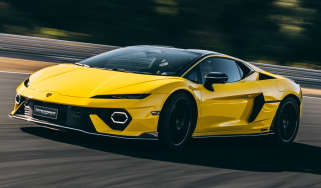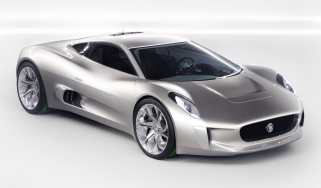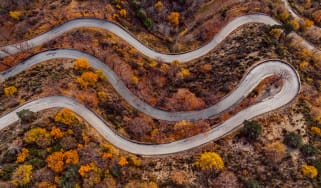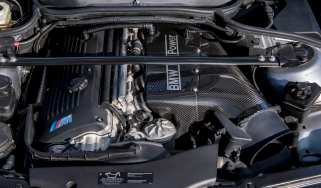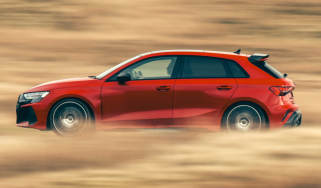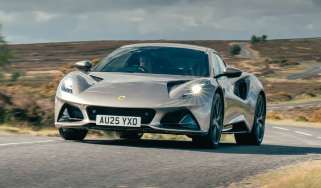Lamborghini Cheetah – dead on arrival
How the Italian supercar maker once put its name to a 4x4 intended for the American military
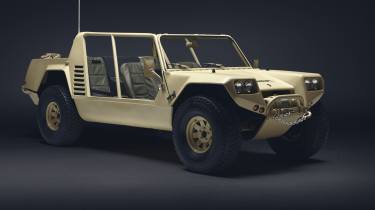
The 1970s was a turbulent decade for Automobili Lamborghini. Founder Ferruccio sold his company to Swiss businessmen Georges-Henri Rossetti and René Leimer just as the oil crisis was making it harder to sell supercars. The Countach hit showrooms in 1974 but wasn’t homologated for the lucrative US market, and there were no funds to address that. Things eventually got so bad that existing Countach orders couldn’t be fulfilled in a timely manner because there wasn’t the cash flow to buy the parts. Clearly something had to be done, so Lamborghini went looking for a side hustle.
Amazingly, it found two. The first was a deal with BMW to develop and build an exciting new sports car codenamed E26, the car we know as the M1, tapping into the Italian firm’s greater experience with mid-engined designs and low-volume production. This made sense. Whereas the second deal seemed to make very little at all.
> Porsche 984 Junior – dead on arrival
Since the late 1960s the US Army had made no secret of its search for a new light utility vehicle to undertake the duties being performed by basic jeeps. Which is why, in the mid-’70s, a Californian company called Mobility Technology International decided that the ideal partner with which to pitch for this potentially multi-million-dollar business was based 6000 miles away and famed for its mid-engined supercars. Suddenly, Lamborghini was getting into the military vehicle game.
This was what it hoped to sell to Uncle Sam: a hulking beast with a spaceframe chassis clothed in fibreglass panels and running a 5.9-litre Chrysler V8 hooked to a three-speed auto gearbox. The use of an American engine rather than an Italian one made sense when you considered the target customer, but the positioning of the V8 was more puzzling since it was slung out behind the rear axle where it could do curious things to the handling. Lamborghini chose to ignore this flaw when it received the almost-completed prototype from MTI, gummed its badge to the nose, and put it on display at the 1977 Geneva motor show as the Cheetah, the choice of venue giving a clue to the wider ambitions for this overblown beach buggy.
An order with the US Army would bring in cash but the cars would have to be built on American soil. MTI would take care of that, but if the Italians could snag the attention of private punters in Europe and the Middle East, that might keep the Sant’Agata factory busy making Cheetahs too. Unfortunately, what the Geneva showing actually attracted was the attention of lawyers representing FMC Corporation, which claimed the Cheetah was a rip-off of its XR311 project, first shown to military top brass in the early ’70s.
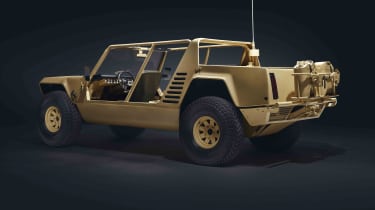
With a legal action hovering above it, the Cheetah programme began to unravel along with Lamborghini’s fortunes. A £1.1m loan from the Italian government, meant to help with getting the BMW M1 into production, evaporated with terrifying speed and Lamborghini had little to show for it. BMW got cold feet on its partnership and in April 1978 took the M1 elsewhere. A few months later, Lamborghini was declared bankrupt.
The M1 ended up being built by Ital Engineering and Baur. Meanwhile MTI sold the Cheetah concept to Teledyne Continental who, after modifying the design, continued to chase the US military contract, which as of 1979 was formally laid out as the High Mobility Multipurpose Wheeled Vehicle, or HMMWV. It was later won by AM General with the machine we know as the Humvee.
In early 1981 Lamborghini was bought by two French sugar barons, the Mimran brothers, and the idea of the Cheetah was revitalised as LM001, a steel-bodied, military-looking off-roader using an AMC V8, still mounted at the back. Eventually Lamborghini saw sense, though sense is a relative term here, and ditched the flawed rear-engined layout, instead shoving a Countach V12 at the front to create the LM002 and heralding Lamborghini as a maker of off-road cars, a heritage it now draws upon for the Urus and Huracán Sterrato.
This story was first featured in evo issue 311.
